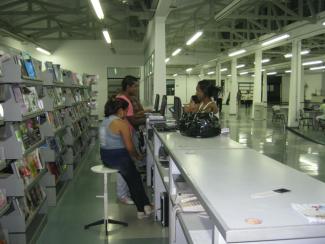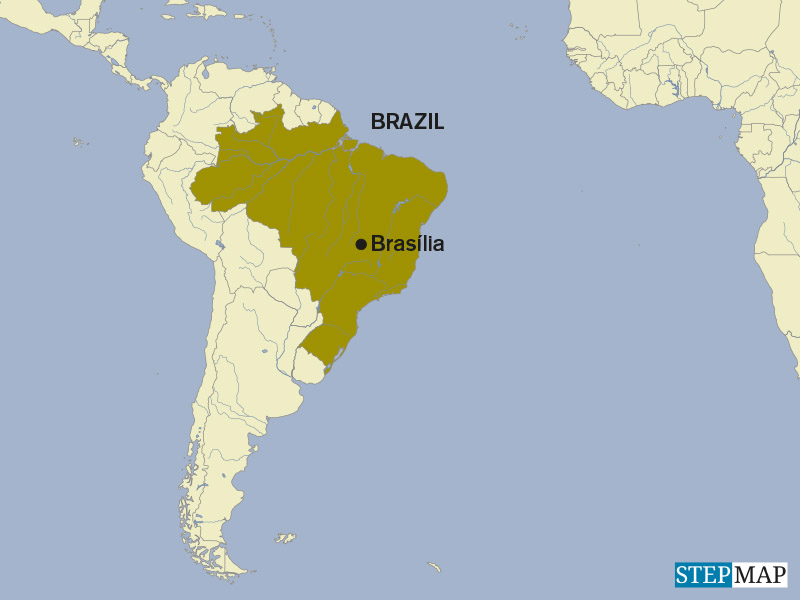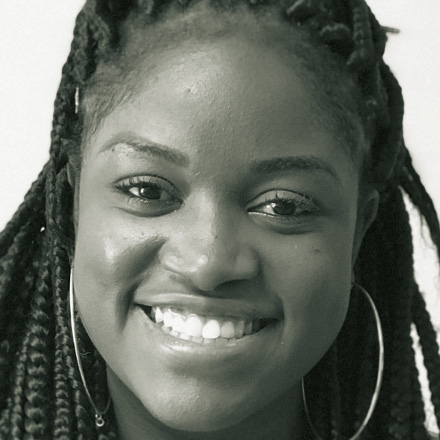University system
Efforts towards inclusion

Brazil is a large country with a sizable population, so the educational system is huge and complex. For a long time, it has been one of the factors reinforcing social disparities. In recent years, however, there has been a conscious effort to make the system more inclusive.
According to the Brazilian constitution, access to education is the right of every citizen. Accordingly, public authorities are required to guarantee such access. A division of responsibilities exists among local, state and national authorities:
- municipal governments are responsible for primary education,
- state authorities are in charge of secondary education and
- the Federal Government handles higher education.
At all three levels, the authorities must provide free education in public-sector institutions. Moreover, they must supervise private-sector institutions, whether profit or non-profit.
In practice, the areas of responsibility are not completely clear-cut; there is some overlap. For instance, some local and state authorities run higher-education institutions, and national and state governments fund local authorities to run their primary-education institutions.
Historically, poor people had only restricted access to education. Things started to change with Brazil’s industrialisation and urbanisation from the 1950s onwards. Until then, elite public-sector schools had served the upper and upper-middle classes. As the network of those schools was expanded with the aim to reach a wider and more heterogeneous range of social groups, the schools became less selective in the 1960s and 70s. At that point, high-income groups migrated to private institutions that were more exclusive and offered better quality. In spite of the stated policy goals, the country ended up with a segregated educational system that reflected extreme income disparities and reinforced social inequality.
After two decades of military dictatorship, democratic rule was re-established in 1985. For consecutive governments, education became a top concern. There was a consensus about the need to make educational services more accessible in quantity and quality, especially for the children of lower-income families. Local as well as state educational systems were reformed and expanded with the help of federal funding.
By the mid-90s it became evident that enrolment in higher education had to expand to allow the increasing number of high-school graduates to continue their education. At that time, the federal authorities considered the expansion of public universities too expensive and decided that the only alternative was to increase the enrolment in private colleges, both profit and non-profit. Accordingly, a large number of private institutions obtained licences, but the public-university segment remained stagnant.
Market solution
The move towards a market solution was strongly criticised by opposition parties and by officials in the public higher-education system. In its defence, the government argued that, since most poor students did not make it to university, it was a matter of social fairness to allocate scarce public funds to public primary and secondary schools rather than to public universities, which admitted almost exclusively children of the middle and upper classes.
The government’s position in this regard was similar to that of multilateral institutions. For example, the World Bank argued that offering free higher education should not be a priority since Brazil still had problems in primary and secondary education. That was where public funds were said to be needed. Nonetheless, government-run universities remained publicly funded and did not charge tuition fees.
By the end of the 1990s, the Brazilian education system showed severe imbalances and deficiencies. Obvious shortcomings included the poor performance of Brazilian students in international tests, the high drop-out rates among high-school students and the shortage of trained teachers in MINT subjects (mathematics, information technology, natural sciences and technology).
With few exceptions, public universities outperformed private competitors. They offered a better education and were leading in research. At the same time, many private colleges specialised in professional skills that are in labour-market demand without preparing graduates for top-level positions. Lower-income students were underrepresented in public universities. The highly competitive admissions process favoured candidates from private high schools which were better than public sector ones.
Moreover, many students from disadvantaged families could not afford to study full-time. They had to work to earn money and therefore became part-time students at less prestigious institutions, where they had to pay tuition. Career opportunities, however, depend on the prestige of the institution one graduated from. The brutal irony was that rich families could afford to send their children to the expensive high schools which best prepared them for the university admissions process. Once they studied there, they benefited massively from government spending on higher learning.
Gradual improvement
Though that system is basically still in place, the scenario has kept changing and has become more inclusive in recent years. Important reasons are:
- Additional resources fuelled a significant expansion of enrolment, both at public and private universities. Within a few years the total enrolment in higher education in Brazilian institutions doubled, surpassing 8 million students. One-third went to public and two-thirds to private universities.
- Existing public universities expanded, and new public universities were created as well. Previously, higher-education opportunities did not exist in small towns and rural regions. They were only available in the large metropolitan areas and state capitals. That has changed.
- A new nationwide admissions and placement process was established for public universities. It has improved access for candidates regardless of their family’s place of residence.
- New legislation was passed to make affirmative-action programmes mandatory at all public universities. Quotas now ensure that members of specific disadvantaged communities are admitted, and that benefits candidates from lower-income families.
- Private institutions also expanded enrolment significantly. It helped that lower-income candidates could apply for widely available publicly funded scholarships and subsidised student loans for paying tuition.
- Investment funds, both Brazilian and foreign, became major shareholders of private for-profit institutions, and acquisitions resulted in a rapid consolidation of the market. To some extent, the private sector reduced tuition fees.
In both the public and private sector, a significant number of entrants now report to be the first in their families to study at university level. Meaningful progress has thus been made, though current political circumstances may yet reverse the trends of recent years. It is too early to tell what impact the administration of Jair Bolsonaro, the new, right-wing president will have.
It is also too early to assess the results of the broad range of new initiatives in regard to social inclusion and the overall performance of higher education in Brazil. Some imbalances and quality issues remain to be addressed, but the experience of recent decades allows for some preliminary conclusions:
- First, the dilemma over whether to expand public or private enrolment seems to have given way to a more flexible vision. Both public and private institutions can play a positive role in expanding higher-education opportunities for young Brazilians. The core concern must be to ensure everyone has good educational opportunities. Whether that happens in the public or private sector is less important.
- Second, mitigating social inequality can and must be the concern of the overall expansion, regardless of the ownership of higher-education institutions.
- Third, in a context where so many mechanisms reinforce social disparities, the educational system alone cannot bring about equal opportunities – but it can reduce inequality to some extent.
Recent experience in Brazil shows that the right policies, strongly supported by the leading actors in the system and perceived as legitimate by society, can lead both the public and the private sector to build less segregated and more inclusive educational institutions.
Mariano Laplane is the executive director for international relations at the Universidade Estadual de Campinas, a public-sector university in São Paulo State.
mariano.laplane@reitoria.unicamp.br









